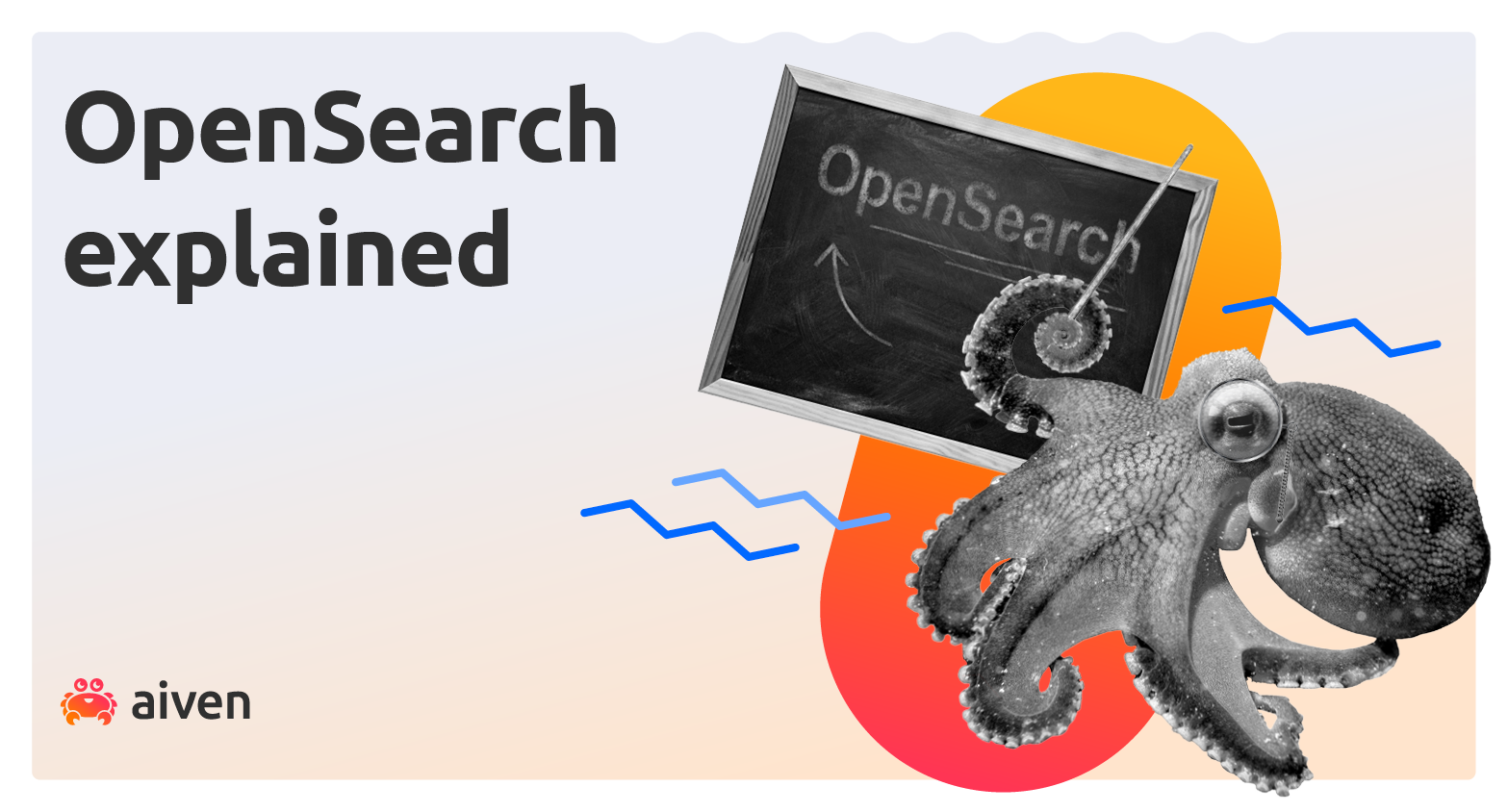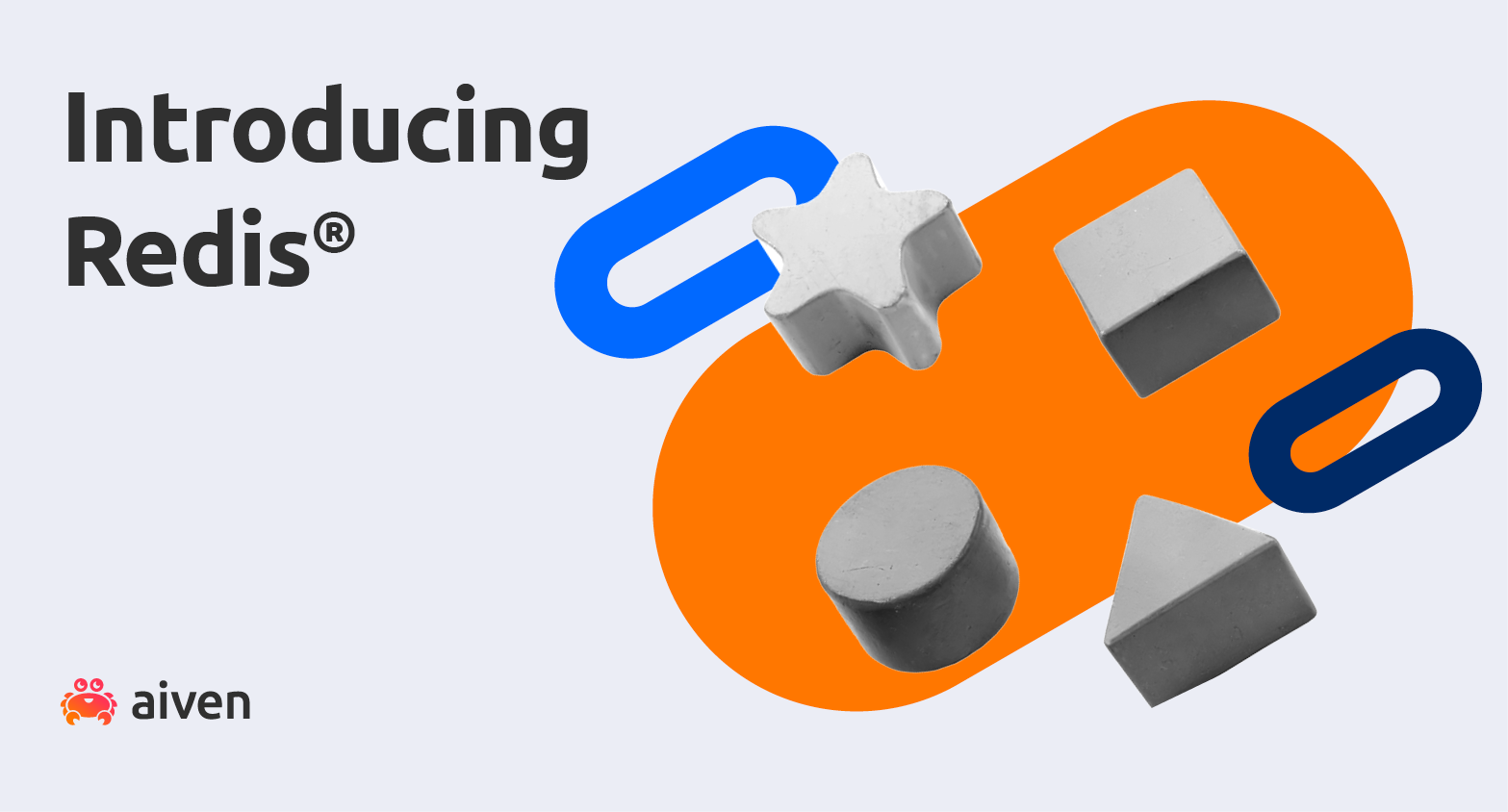Nov 18, 2020
An introduction to time series databases
Join us for a deep dive into time series databases. We'll look at what they are, why they're needed, and what makes them uniquely suited for their workload.

Auri Poso
|RSS FeedTechnical Copywriter at Aiven
Time series databases have been steadily growing in popularity and have been outpacing all other database models by a wide margin over the past two years.
In this article, we’ll take a deeper look at time series databases. You'll learn about their distinguishing features, benefits, and common use cases. Maybe you'll find that you need one!
What is a time series database?
With a time series database (TSDB), it's possible to add, process, and track massive quantities of time series data. They do this efficiently and continuously, with lightning speed and precision. Other types of databases also work for these workloads, and have indeed been used in the past, TSDBs haven specific algorithms and architecture to meet the requirements of speed and high volumes.
A time series database stores data as pairs of time(s) and value(s). Storing data this way makes it easy to analyze sequences of points recorded in order over time. A TSDB can handle concurrent series, measuring many different variables or metrics in parallel.
Early time series databases were mostly used for processing volatile financial data and streamlining securities trading. The world’s changed a lot since they were first introduced, and many new use cases have emerged as technology has continued to evolve.
For example, the Internet of Things (IoT) concept employs sensors that constantly collect and stream data. IoT technology is used for multiple purposes, from powering industrial applications to predicting sales demand, from weather monitoring to wearable fitness devices. The amount of data they produce is staggering.
Well, it can be staggering for more traditional databases, which were designed for different purposes. Luckily, there are time series databases, and they are getting better and better at dealing with the growing demand of this data type.
What are the benefits of a time series database?
There’s a reason more and more developers and organizations are using time series databases. They deliver a number of benefits, which we’ll now briefly explore.
1. More accurate and meaningful time series measurement
A time series database makes it easy to measure how datasets change over time. You can concurrently view past, present, and future datasets for reporting that is more accurate and meaningful.
2. Resource-efficient data storage
By the very nature of the data type, processing it can require massive amounts of storage, which can be difficult to manage. It's also very expensive. Time series databases have tooling to aggregate data into predetermined time periods and to eliminate any data streams as needed. There are also compression algorithms that optimize data storage.
3. Lightning-fast data queries
A TSDB can also make it easy to query and retrieve data based on specific periods. Imagine that you can't remember the title of a book you recently read, but you know it was three months ago. Time series databases can help you figure out what the book was without having to use a bunch of wildcard searches.
Using a time series database, you can quickly find information based on timeframe.
Common time series database use cases
1. Store and access IoT data
Most IoT deployments — like connected water, energy, and temperature meters — involve constant data collection and reporting at regular intervals. Time series analysis can provide timestamped data points for identifying patterns, average usage, and inefficiencies.
For example, a connected pH meter connected to a TSDB might tell a technician tasked with maintaining a specific pH level that a certain vat of water is becoming too acidic. IoT endpoints also collect massive amounts of data, requiring highly scalable time series databases.
2. Monitor web services, applications and infrastructure
TSDBs can measure the performance of a company's applications and services. For example, the open source monitoring system Prometheus is a time series database that enables developers to keep tabs on performance trends over time. This enables them to easily detect when problems are occuring, which then allows them to plan maintenance and rapidly respond to incidents to sustain an optimal user experience.
Some web and mobile applications store the events within their app in a TSDB (such as a button click, playing a video or sharing some content). With this data they can map a user’s journey, identify frustrations or performance bottlenecks and enhance the user experience.
3. Understand financial trends
Using time series data to accurately predict financial trends is very difficult. However, a TSDB can provide a wealth of contextual data to help analysts. Let’s take the stock market as an example; a sudden increase in airline stock may coincide with holiday travel. Or an executive leadership purge may spook investors, causing a stock to temporarily tumble. Time series databases make it easy to cross-reference data, providing a richer, clearer picture.
4. Process self-driving vehicle data
Self-driving cars typically collect about 4,000 GB of data per day. This is beyond the scope of what a typical relational database can process. Time series databases ingest data and queries faster, and compress data more strongly.
As a result, they are ideal for processing massive volumes of real-time data that can be used to improve the safety of self-driving vehicles.
5. Sales forecasting
Retail stores must continuously predict future sales based on past ones, so that they can restock appropriately. Thanks to time series databases, retailers can use statistical models combined with historical data. Cross-referenced with consumer behavior trends, they can predict future patterns and make informed decisions about which products to keep in stock and when.
For instance, retailers are now using forecasting to plan ahead and restock bicycles, which are now experiencing a shortage due to the pandemic. Retailers are using data to predict when new products will become available again, what the demand will be like, and what alternative transportation options consumers are buying in lieu of bicycles e.g., trikes, rollerblades, etc.
Wrapping up
There are more and more use cases for time series databases. But, we’re just getting started when it comes to realizing their full promise. As more capable solutions become available, such as M3, we will see a virtuous circle form where new use cases are unlocked.
Even better, managed services will help fuel the expansion of their use cases because users will be able to focus on the problem space instead of standing and managing the infrastructure.
Further reading
To learn more about the latest evolution in time series databases, head over to our Introduction to M3 article.
To find out what the difference is between time series and event data, read this excellent article by Lorna Mitchell: Time series or event data?
For help on choosing the right time series database, you could start with How to choose a time series database: 7+3 considerations and then for more product-specific information take a look at M3 vs other time series databases.
For a case of Grafana combined with M3, have a look at Lorna Mitchell's post Metrics and graphs with M3 and Grafana
Or learn to explore data in a new way with more about bitemporal data.
Otherwise, stay up-to-date with the latest industry news and our opinions, and Aiven by subscribing to our blog and changelog RSS feeds, and following us on Twitter.
Subscribe to the Aiven newsletter
All things open source, plus our product updates and news in a monthly newsletter.
Related resources

Jan 27, 2022
OpenSearch is a community-driven and truly open source search and analytics suite. Read on for a high-level look at its capabilities.

Jul 5, 2022
Learning Apache Kafka doesn’t have to be difficult. Read on to get a friendly explanation of the Apache Kafka fundamentals.

Sep 7, 2022
Take a look at all the ins and outs of Redis, and where it sits on the data continuum.
